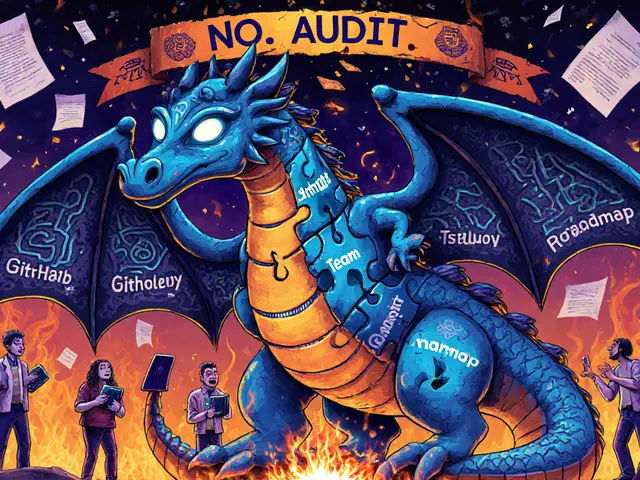Blockchain Claims Processing: How Digital Ledgers Verify and Automate Claims
When you file a claim—whether it’s insurance, warranty, or event attendance—blockchain claims processing, a system that uses decentralized ledgers to verify, record, and automate claim validation without intermediaries. It’s not just faster—it’s tamper-proof, transparent, and often fully automated. Instead of waiting weeks for paperwork to move between offices, your claim gets checked in minutes by code running on a public ledger. No middlemen. No lost forms. Just facts you can’t change.
This isn’t theory. It’s already happening. smart contracts, self-executing agreements coded directly onto blockchains handle everything from auto insurance payouts after an accident to verifying attendance at a concert using digital badges like POAP, Proof of Attendance Protocol tokens that serve as immutable proof you were there. If you showed up, the contract sees it and pays out. No form to fill. No call to customer service. The system just works.
And it’s not limited to events. digital identity, a secure, user-controlled record of who you are on-chain lets you prove your age, ownership, or eligibility without handing over your driver’s license or social security number. In insurance, that means you can submit a claim using only your wallet and a signed message—no scanned documents, no third-party verification. The blockchain holds the truth.
But here’s the catch: not every claim system needs blockchain. If you’re filing a simple home repair claim with your local insurer, you probably don’t need a ledger. But if you’re dealing with cross-border claims, disputed ownership, or high fraud risk—like stolen crypto or fake event tickets—blockchain changes the game. It turns trust from a human process into a machine process.
What you’ll find below are real examples of how this works in practice. From how POAPs turn event attendance into verifiable history, to how blockchain voting systems prevent ballot tampering, to how crypto exchanges are using automated claims for loyalty rewards. You’ll also see what doesn’t work—like dead tokens with zero claims activity, or platforms that claim to use blockchain but still rely on old-school paperwork. This isn’t about hype. It’s about what’s actually moving the needle.









